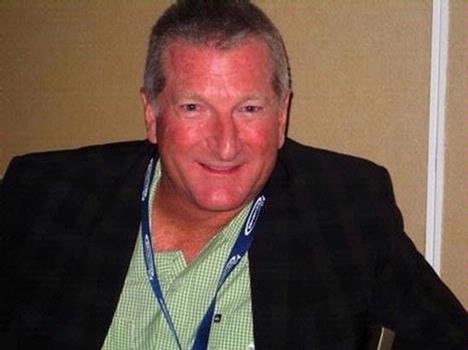Despite the tough retail climate, Quiksilver maintained its earnings guidance for the year yesterday when it reported earnings for the third quarter ended July 31.
CEO and Chairman Bob McKnight said the company had a “pretty decent quarter” given the tough economic environment.
He said retailers are ordering conservatively and the business climate was marginally worse in the third quarter than the company expected.
However, there was a glimmer of good news. While comps at Quiksilver retail stores declined around the world during the third quarter, sales bounced back in the Americas in August, the start of Quiksilver’s fourth quarter. August was the best month of the year so far and the trend continued during the first three days of September, Quiksilver Americas President Marty Samuels said.
Here are some other highlights:
Revenue: Increased 7 percent to $565 million, with nearly the entire increase attributable to favorable currency rates.
Profit from continuing operations: Declined to $33 million from $36 million the same quarter last year, which was inline with expectations.
Gross profit: Grew 270 basis points to 50.4 percent of sales due to a higher portion of revenue from Europe and the company’s retail stores and improvements in sourcing margins.
Americas: Revenue declined 4 percent. Retail comps were softer than expected and shipping delays from the new warehouse in Mira Loma impacted results.
Europe: Revenue grew 8 percent in constant currency, mostly aided by early deliveries.
Asia Pacific: Down in constant currency mostly due to weakness in Japan.
Quiksilver Mens’s: Had a “decent” quarter, business not as difficult as the juniors market, Marty said.
Roxy: Had challenges as PacSun turned to more private label. Marty is optimistic about Roxy for 2009.
DC: The strongest of the three brands. Footwear is very strong, the brand is gaining market share in apparel and accessories, and business with department stores is going very well. DC’s growth in Europe is very strong.
E-commerce: DC e-commerce launched during the quarter. The company’s three brands are now selling direct online and have exceeded expectations.
Inventory: Up 3 percent in constant currency, mostly attributable to new stores. The company said it is keeping its inventory levels clean.
Debt: The company ended the quarter with $1.07 billion in debt. Once Rossignol is sold, the company will begin generating free cash flow again, which it will use to begin paying down the debt.
Company stores: Retail comps globally declined low to mid single digits. So far this year, the company has opened 20 stores in the U.S., 20 to 25 in Europe and about five in Asia/Pacific. Quiksilver has slowed its company-owned store openings to reduce expenses and is turning to licencees to open stores in new markets.
Tough markets: California, Nevada, Florida, Arizona, Hawaii, Spain, France and UK.
Expenses: Quiksilver is really focused on running as a “lean operation” and there will be a big emphasis on that as the company moves into its next budget cycle, said CFO Joe Scirocco.
Guidance: The company expects full year revenue growth of 10 percent to $2.25 billion and earnings per share of slightly below 90 cents.






